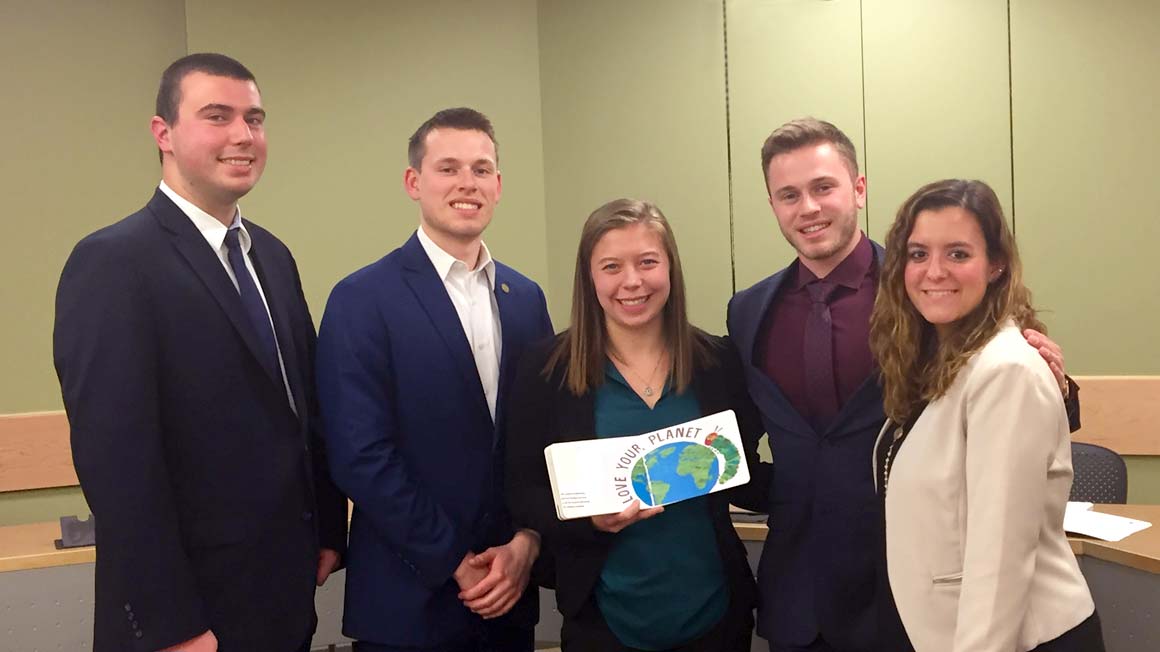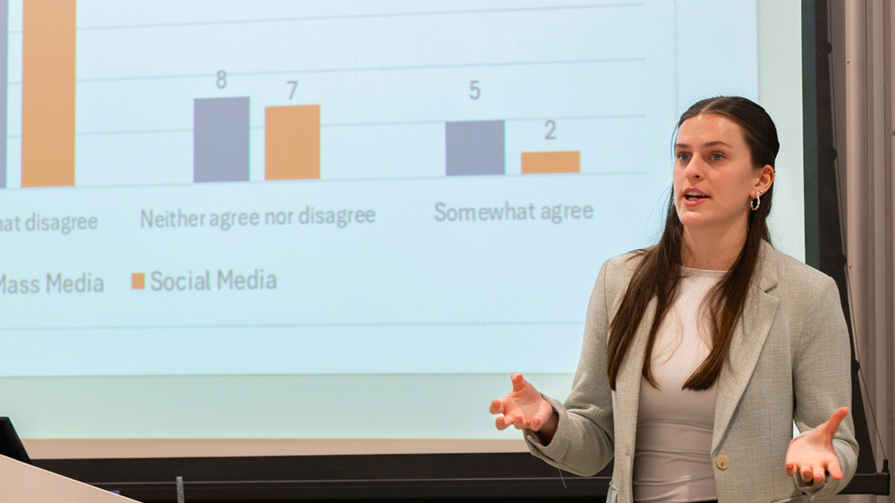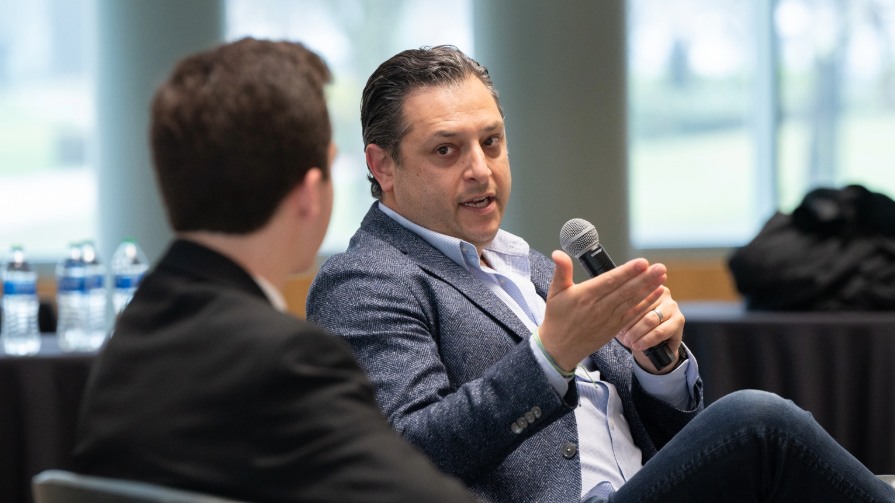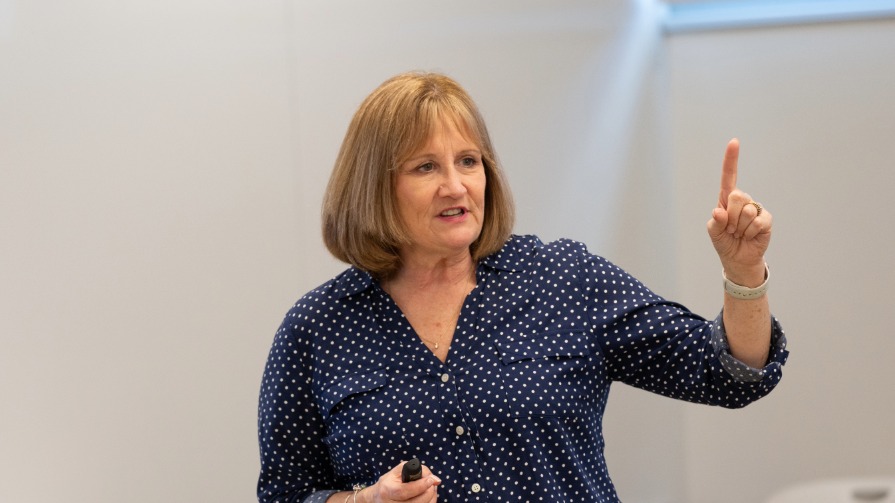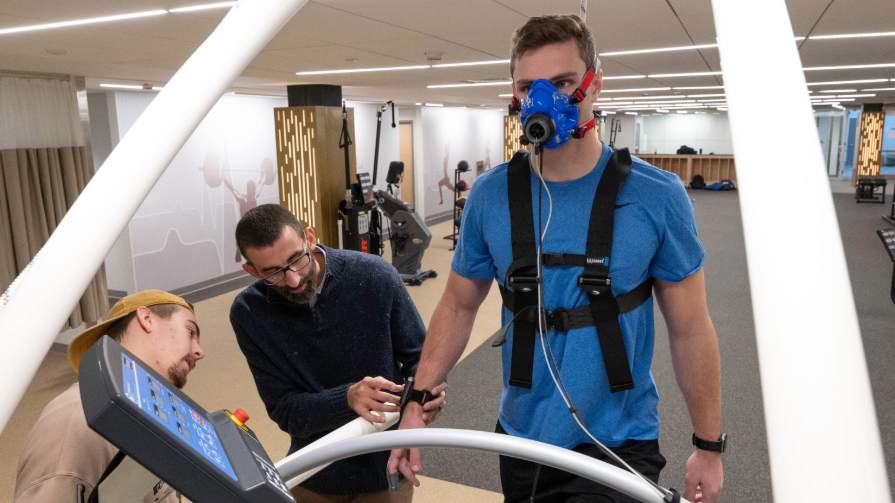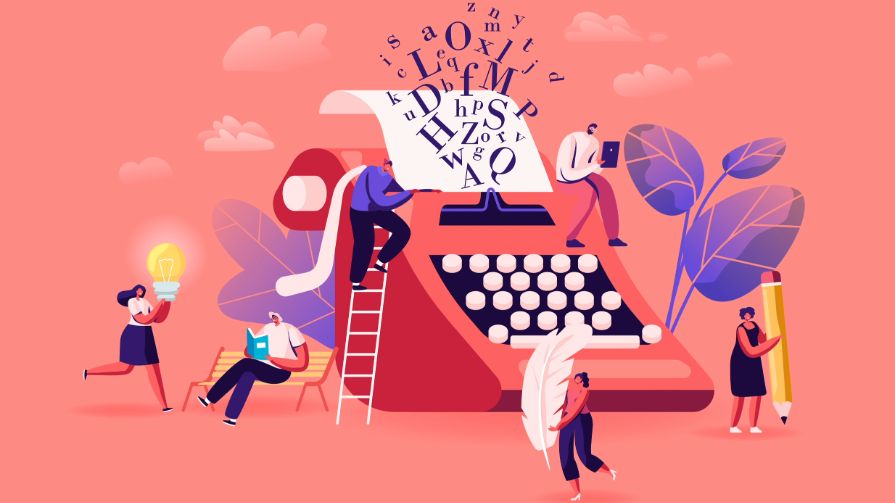Imagine looking at a handful of caterpillars and understanding how they can change the world. For students in Bryant’s Strategic Management of Technological Innovation course, the learning experience involves figuring out how to build a better future – and making sure that future is viable.
A cornerstone of Bryant’s Leadership and Innovation concentration, the course is designed to help students develop a foundation for understanding innovative ideas and how they’re implemented. That means not only having a firm grip on the technology, but also being able to put it into context.
"We’re able to look at what is happening right now and use what we’ve learned to predict where the future is going," says Caitlin McCosh ’20.
Breaking down the future
Through case studies, intensive research, and hands-on projects, the course introduces concepts and frameworks – including the technology life cycle and factors that affect the adoption of a new idea – for creating and capturing value from technology-based products and services.
That knowledge, says Assistant Professor of Management Dirk Primus, Ph.D., can be a game changer. “At some point, at every company, someone will be asking ‘who knows how to make these types of decisions?,’” he says. “These students will be among the few in that room who know how to read a technology S-curve and tell them what it means – and what implications it has for what they should be doing next.”
“If you only ask one person, you will always get only one answer, and it’s always the same answer. You need to democratize the conversation.”
"I was excited for this class because I thought it would help improve my understanding of how you can use innovation to help people," says Andrew Thorson ’20. "We're figuring out how to take big ideas and make them into something people can easily use."
Democratizing the conversation
The course is fast-paced and highly interactive, emphasizing group work and discussion. “If you only ask one person, you will always get only one answer, and it’s always the same answer,” Primus explains. “You need to democratize the conversation.”
That dynamic can play out in unique ways. A recent lesson on thinking like a designer, for instance, saw the class create models of an idealized workspace using drawings, Play-Doh, and LEGO bricks. This approach gave the students a way to visualize their ideas while building their ability to express those ideas to others.
It also promotes the engagement that Primus, a certified LEGO Serious Play facilitator, relishes. “You can really see the students lean in and engage with the topic and one another,” he says.
“There's nothing really like it out there now, so seeing how limitless the possibilities for it are is pretty incredible."
“The ideas we're learning, like how to enter a market, are definitely things I know I’m going to use in the future. But when I look back, I'm also going to remember the group work we did and the projects we worked on together,” notes Jared Giorgio ’20. "Being able to work with other people might just be the most valuable skill in the entire world, and a course like this helps us figure out how to do that.”
Put to the test
Through working together, the students learn they can accomplish big things. In a key semester-long project, they work in teams to find profitable homes for emerging technologies ranging from virtual reality, to machine-learning applications for health care diagnoses, to floor tiles that generate energy from movement. Each team identifies and evaluates the consumer and business needs that their product or service will address, devise a launch strategy, and determine the financial viability of their plan over a five-year period.
“We pick the oddest, the most left-field, and the funkiest stuff that has come out of the lab and then we see how it can be commercialized,” says Primus with pride.
For the students, it’s more than a great opportunity to apply the lessons they’ve been learning; it’s also a chance to further an idea with the potential to make a real difference. Kaitlin Aucoin ’20 led a team that focused on developing the potential of plastic-eating caterpillars known as waxworms and proposed their use as an environmentally-sound method of waste disposal. “It was very rewarding to work on a big, game-changing project like this,” she says. “I hope to see this technology brought to the next level and into fruition in real life.”
“One of the best parts of the course was researching our topic and seeing what it can do for the future,” agrees her teammate, Jonathan Cooper ’20. “There's nothing really like it out there now, so seeing how limitless the possibilities for it are is pretty incredible."
